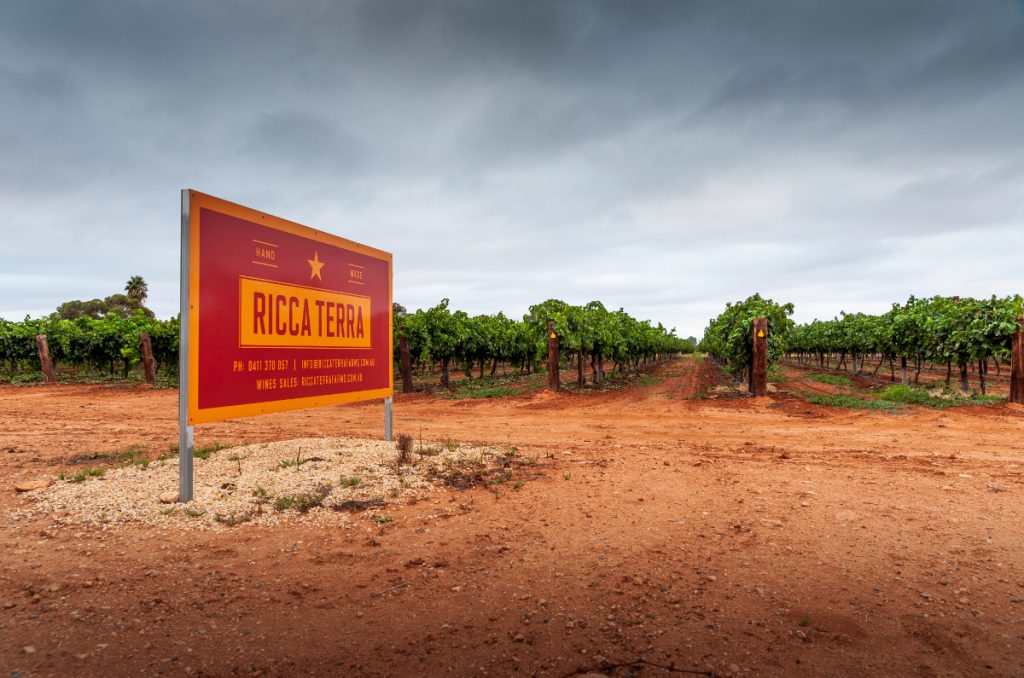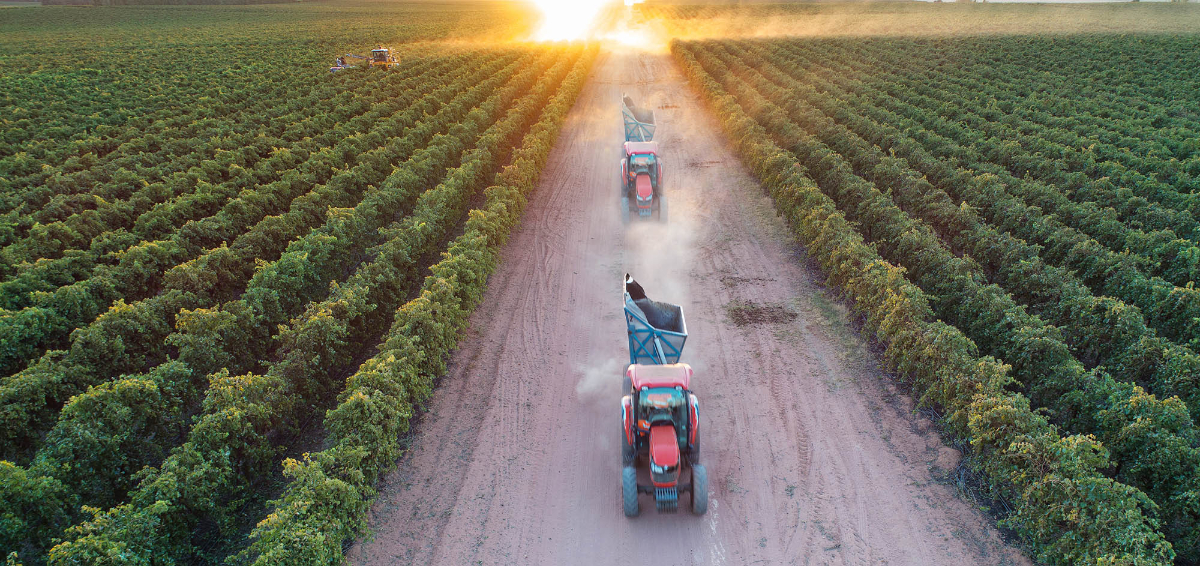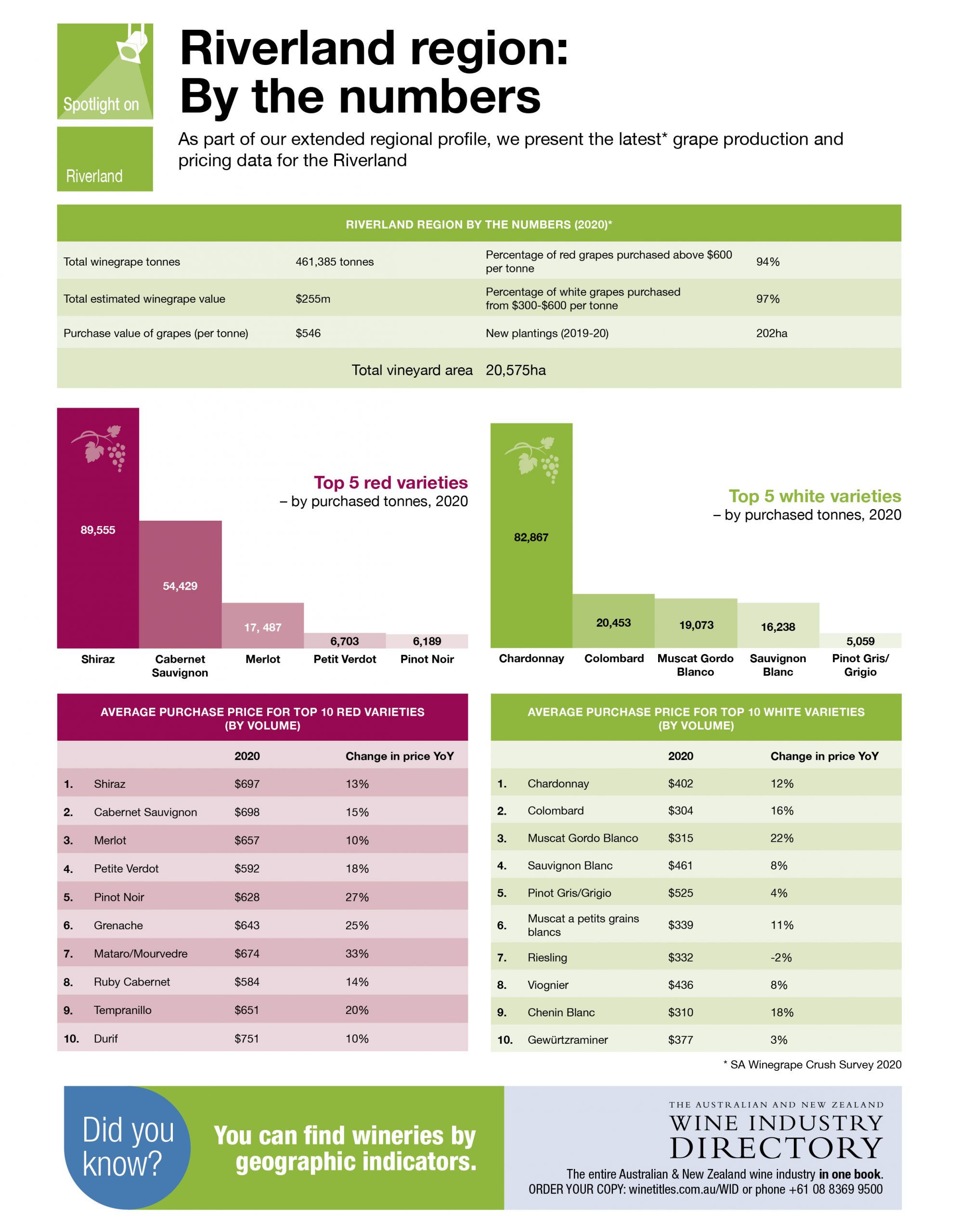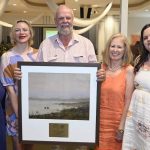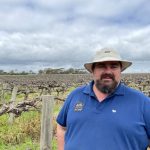The Riverland: Regional update
Traversed by the snaking Murray River, the Riverland became Australia’s largest yielding inland wine region this vintage, with its total 2021 crush sitting at 558,252 tonnes, according to Wine Australia’s National Vintage Report. In this special feature, the Grapegrower & Winemaker brings a focus to this industrious inland wine region that continues to grow and push boundaries.
South Australia’s Riverland is one of the largest GI regions in Australia with a total area of 21,816 hectares of land under vine, with the region’s main varieties being Cabernet Sauvignon, Merlot, Chardonnay and Shiraz.
Alternative varieties are making a name for themselves in the Riverland as the region continues to grow and adapt to new conditions. Producers are exploring the viability of varieties from Arneis to Vermentino and Zinfandel, and Mediterranean varieties like Montepulciano and Nero d’Avola.
The Riverland’s climate is continental, giving it long sunny days and noticeably cooler nights. The prolonged sunshine in the day ensures fruit ripens fully and the naturally low relative humidity means disease pressure is minimal.
Its soil types vary significantly, the two main types, according to Wine Australia, are river valley soils (usually consisting of sandy loams over clay subsoils) and Mallee soils on higher ground (consisting of wind-blown sands over lime and clay layers).
2020-21: How did the region fare?
The 2020 growing season was almost perfect in the Riverland region, with some describing it as a ‘unicorn’ vintage, a once in a lifetime event of near textbook conditions.
Rainfall returned to long-term average levels, with approximately 233mm across the growing season from January to October meant that growing conditions were favourable.
Budburst was uniform and moderate weather allowed for good fruitset, showing a potential for average to above average yield. Some frost during May to September was seen, however, weather during veraison being relatively dry meant that disease pressure was very low to non-existent.
A comparatively mild Riverland summer was brushed with only two minor rain events at 5mm each, this coupled with very few hot days and no drawn out heatwaves, as experienced in previous years, led to a very positive harvest.
The harvest was underway by mid-January with early white and sparkling varieties making their way through the crushers which has become normal during recent years. There was a period during harvest, due to the mild conditions, that Baume’s did not move as expected, and in some cases, went backwards for some fruit. The cooler than usual conditions also facilitated a smooth intake of grapes with most varieties brought in at optimal sugar levels.
This contributed to an efficient vintage, with yield across the region reported as average to high, some experiencing their best crop yield in many years.
These ‘unicorn’ conditions with good rainfall and relatively cool weather leading up to and through the vintage have resulted in excellent wine quality, with wines showing good varietal character and the red varieties showing high colour density.
Regional challenges
Riverland Wine general manager Jo Pippos said some of the main concerns among producers in the region are about global shipping limitations due to COVID-19, along with the quantity of wine still left in tank.
“After such an amazing, record tonnage in 2021, there is quite a lot of stock currently still in tank,” Pippos said.
“COVID-19 has impacted the global shipping industry. It is wreaking havoc on those producers that do have a home for their product [because] they are finding it difficult to get bookings for shipping or containers to send stock to their market.
“There is a feeling of uncertainty surrounding the next vintage, and how much of an impact the China situation has had, and will have.
“We are fearful that if there is a lot of stock left by harvest that this will impact pricing and also tonnage intakes. The reality of the situation will not be known until we get closer to vintage obviously, but, we are advising all of our growers to contact their wineries and discuss their options.”
What’s on the horizon?
Pippos is excited for the upcoming Riverlation Festival in October this year after last year’s event was almost cancelled and then reformatted due to COVID-19 restrictions.
“We have been able to rebrand and refine our major wine festival to offer an exciting regional festival that encompasses wine and food across the entire Riverland,” she said.
“October is seasonally beautiful, with sunny days, clear nights and a perfect time to celebrate and visit our cellar doors and taste their wares.”
Feature image courtesy of Riverland Wine
Visit the Riverland Field Days website
Meet Jo Pippos, general manager of Riverland Wine
Tell us a little about your role at Riverland Wine.
My role is general manager of Riverland Wine, the industry organisation that is the amalgamation of the Riverland Winegrape Growers Association and the Riverland Wine Industry Development Council. I oversee day to day activities, manage our research projects, seek new and innovative funding ideas and, most importantly, I’m here to support our members no matter how small. It’s a very varied role, one day I could be meeting with a government minister and the next I could be meeting with a grower that has on-property issues like spray drift. I love the constant change and variety, it certainly keeps me on my toes.
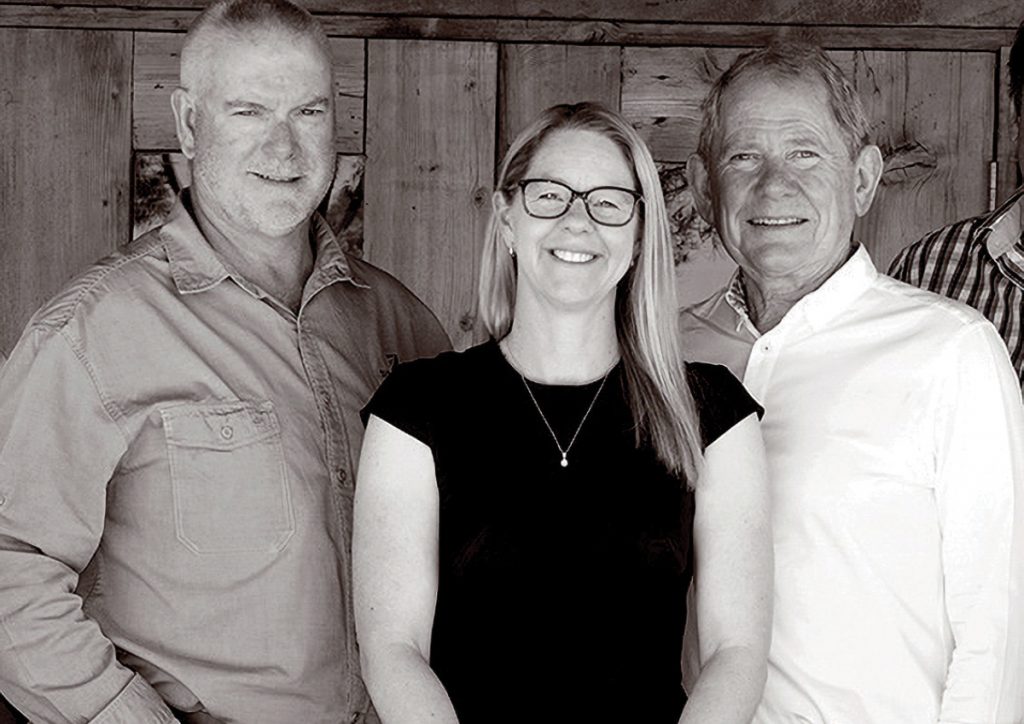
Riverland Wine general manager Jo Pippos (centre) with Riverland Winegrape Growers chair Brett Proud (left) and Chris Byrne, who steps out of his role at Riverland Wine this month.
In my opinion it’s one of our state’s greatest places – the river is on our doorstep, the most amazing fresh produce, stunning wines and a relaxed pace of living. What more could you ask for?
Jo Pippos
.
How are you finding the new gig?
The role has been one of transition over the past 10 months as Chris Byrne, the current chair of Riverland Wine steps down after 18 years in the role. I’m only new to the wine industry, after working in another horticulture sector for 15 years, I made the move to Riverland Wine in late September 2020. It has been a great transition and, being a local of the region it’s a role that I’m proud to be in and to support our local wine community.
I see the wine industry as one of the most supportive of women – there are so many opportunities and so much recognition for us it’s really astounding! I have always found myself working in male-dominated industries and it can be challenging at times, but once you break through the stereotypical barriers and you have the support and confidence of those around you, it’s extremely rewarding.
What challenges have you faced so far?
The wine industry is quite complex in terms of the amount of industry bodies, regionally, by state and federally that are all competing in the same space. It’s quite different to what I am used to, but it’s great to have so many personalities and perspectives.
There is also a vast difference between the warmer inland regions like the Riverland, and those that are from the cool climate areas in terms of scale, efficiencies and market.
What do you like about the Riverland? Why?
I’ve lived in the Riverland for over 20 years, moving here of my own volition in 2000, and it’s such a stunning, welcoming and family-oriented place. In my opinion it’s one of our state’s greatest places – the river is on our doorstep, the most amazing fresh produce, stunning wines and a relaxed pace of living. What more could you ask for?
Is there anything happening in the near future you’re excited about?
Over the last two years, Riverland Wine in conjunction with the University of Adelaide, PIRSA and Wine Australia have been developing a digital platform, vision systems and architecture called ‘VitiVisor’. This project excites me because it is being driven from the ‘ground up’ – by growers, for growers. The multitude of apps and logins that you have on your phone and laptop? Through the use of API integration we are building a platform that will bring all those data streams into one single place. There are in field vision systems being built to estimate yield and connect to soil moisture sensors, detect irrigation leakage and blockage, it incorporates weather and water information, financial data direct from Xero and special imagery. This all leads to a VERY exciting future where a grower can benchmark their property against those in their area, look at seasonal data in real time and used prediction models to help them to make informed decisions on farm, when they need it. Its something that will be a game changer.
What excites you about your role at Riverland Wine?
Most leadership roles in primary production industries are very heavily skewed toward the male population, and from my experience so far in wine the industry it’s refreshing to know that a lot more women take up a leadership roles. There is still room for more women, and I think that in time there will be more gender equality, but it’s great to feel valued, appreciated and to know that women have a (not insignificant!) voice in the industry.
Ricca Terra: varieties on varieties

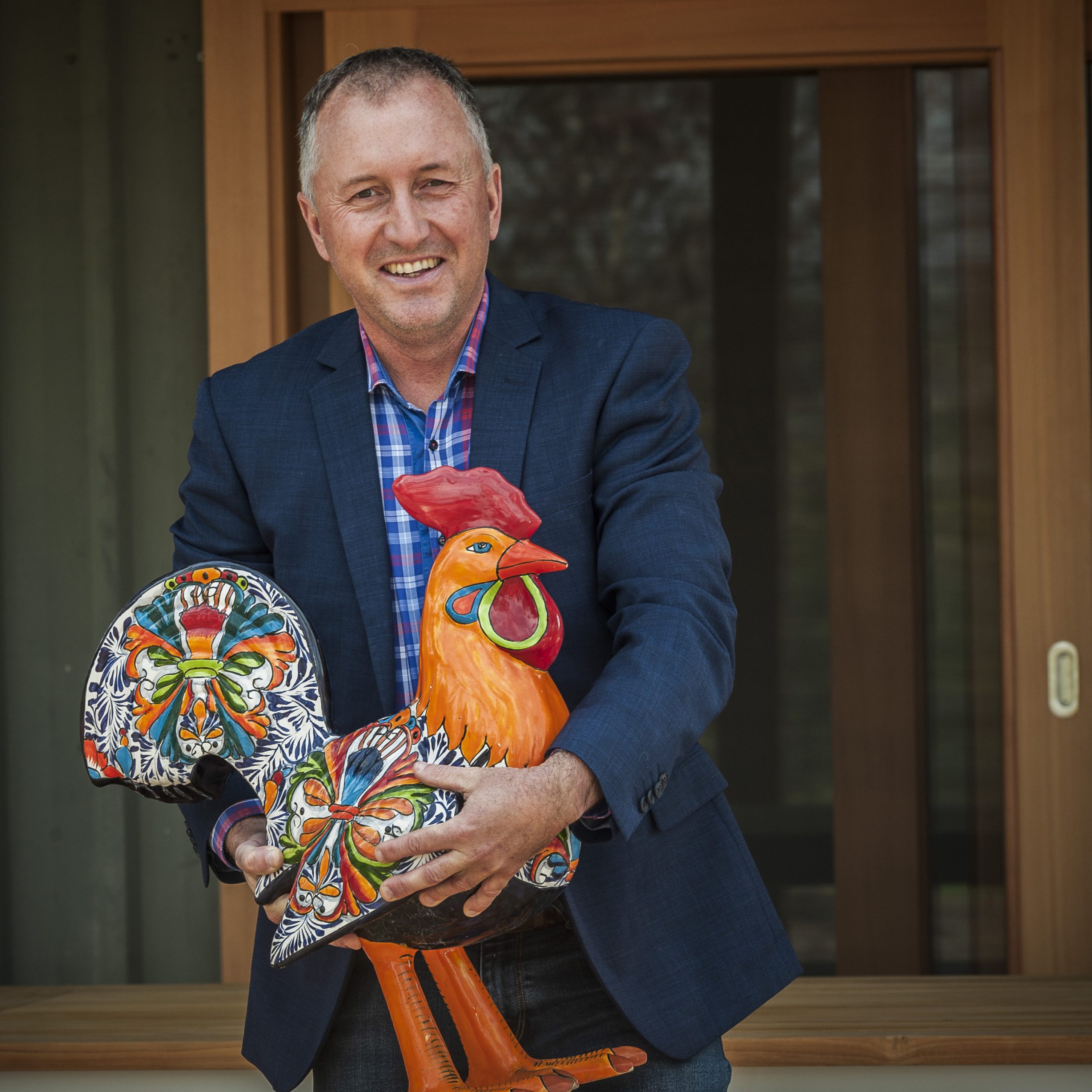

Alternative varieties are thriving in South Australia’s Riverland. We caught up with one prominent local producer to find out about the journey to become one of the region’s most versatile and diverse winemakers.
Established almost 20 years ago, in 2003, Ricca Terra has gone from a 20-acre plot to a more than 200-acre wine business in South Australia’s Riverland wine region.
Owner Ashley Ratcliff, along with his wife Holly, set out with a vision to plant, nurture and make wine from grape varieties that were best suited to Australia’s warm and dry inland climate.
Chardonnay, Cabernet Sauvignon and Merlot quickly made way for Nero d’Avola, Montepulciano, Tinta Barroca, Fiano, Vermentino and many other Mediterranean grape varieties.
“We settled on the Riverland as we thought there was a good opportunity in the region to do something different,”
Ashley said.
“When we bought our property in the Riverland, we immediately hit droughts and oversupply issues early on and decided we needed to do something completely different.
“So we just sat down and looked at more sustainable ways for the business to thrive and settled on making more use of alternative varieties.”
At present, Ashley says the business is home to roughly 40 different grape varieties. He says the Riverland reminds him of southern Italy as it has a “more rustic” feel to it.
The business is currently in the process of improving its soil carbon under a project that will measure its sandy block (which is broken down old cherry patch land).
“We’re going to remove the cherry patch and see what techniques we can use to improve our soil carbon,” he said.
While the company doesn’t directly export to China, Ricca Terra supplies some larger businesses that do, so there is pressure in that regard due to the hefty tariffs China has placed on Australian wine exports.
“I’m expecting grape prices for traditional varieties like Shiraz, Cabernet or Merlot to drop,” he said.
“It’s a little difficult to plan for the future at the moment too, with the ongoing COVID pandemic, even though the Riverland hasn’t really been directly impacted.
“We have seen sales increase during the pandemic.”
Future vintages promising
Ratcliff says that a couple of years ago, the main concerns in the region were about water availability, but “with the seemingly endless amount of rain we’re getting”, the predictions for future vintages are looking promising.
Ricca Terra also provides consultation to other businesses in the Riverland. Ratcliff says Ricca Terra is a well-known name in the local wine sector.
“One thing we have done in recent times is to help growers out where we can,” Ratcliff said.
“We hold some seminars, we’ve got a wine show seminar coming up in October, too.
“Our business is very much about sharing, we would like to share our successes and how we got to where we are now with the community.
“We think that that’s really important part of our business ethos, which if something is working for us, we’d much rather share that success.
“We would have like to promote that we have that objective to help people if they’re interested.”
